Data Cinema
CURATED ARTCAST
Martin John Callanan (UK), Gregory Chatonsky (FR), Ben Grosser (US), Thorsten Knaub (UK), Antoine Schmitt and Delphine Doukhan (FR), Carlo Zanni (IT)
Curator: Pau Waelder
In his influential book Expanded Cinema (1970), Gene Youngblood stated that, while cinema had been, until then, created with all sorts of technological devices, these were no more than tools under the control of the artist. But computers are able to go beyond such passive participation: images and sounds are introduced in the computer or created with software and therefore converted into data, that can be endlessly processed, copied, reconfigured, mixed and displayed according to fixed parameters or algorithms. The computer becomes an active participant. Inspired by the term “data cinema”, coined by Carlo Zanni to refer to the use of cinematic language to create a fiction based on the data obtained in real-time from the Internet, this selection of video and digital artworks explores the possibilities of using the content of a film as raw data that feeds a process partly or fully controlled by a computer, as well as new forms of understanding cinema in the digital age. Niio is the premium discovery and display platform for curated video and new media art, experienced across private and public spaces. The curatorial program features limited-edition media art collections from leading archives, galleries and artists.
Contact Art Advisor
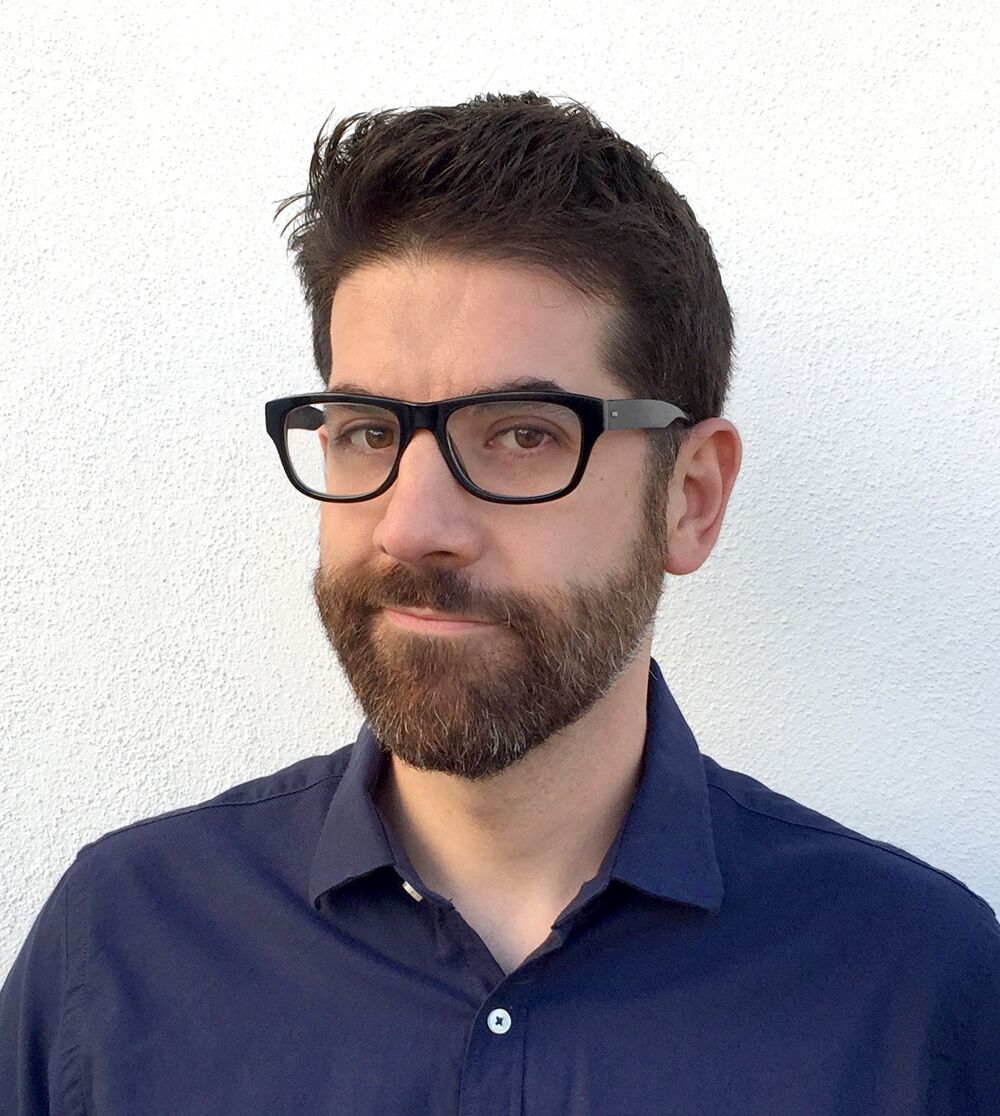
Pau Waelder
Art critic and curator, researcher in contemporary art and new media.
PhD in Information and Knowledge Society, Universitat Oberta de Catalunya (UOC) and Bachelor in Art History from the University of Barcelona. He has developed his career with a continuing interest in contemporary art and digital art, which he has explored from different perspectives: curator, critic, academic researcher and also working with contemporary art galleries.
Gregory Chatonsky
Vertigo@home, 2015
In Vertigo (Alfred Hitchcock, 1958), a man in a car follows a woman who is looking for an inexistent past. Using Google Street View, the artist revisited the filming sites of the movie, reproducing with precision the character’s course in San Francisco. He filmed Vertigo for a second time but stayed home to do it. By using Google’s tool, Chatonsky connects reality and fiction by making it clear that both the city shown in the classic film and the city that can be explored in the online platform are fictional, although they are perceived as real by the spectator or user. The artist matches his recreation of the film with the original soundtrack, adding a narrative layer to the sequence of 360-degree photographs taken from the Google car. This is a second version of the original work from 2007.

Gregory Chatonsky
Artist
Born in 1971 in Paris, France. Lives and works in Paris and Montreal.
Technologies, and in particular the Internet, are an important source of reflection for Gregory Chatonsky. Shaping the paradoxes of the network and the discrepancies between its technological and existential dimensions could summarize a research that unfolds on several mediums:
installation, video, photography, writing, drawing and sculpture.
His works could evoke infinite spaces in which the fragmentation of attention reigns. The network becomes a world in itself where the boundaries between technology and the human being become blurred. His practice attempts to draw the outlines of a new imaginary whose invention would be technical.
Grégory Chatonsky has participated in numerous solo and group exhibitions in France, Canada and abroad, including Imprimer le monde en 2017, at the Centre Pompidou, Capture : Submersion in 2016, at Arts Santa Mònica Barcelona, Walkers: hollywood afterlives in art in 2015, Museum of the Moving Image in New York, Telofossils in 2013, at the Museum of Contemporary Art in Taipei, Erreur d’impression in 2012, at the Jeu de Paume.
Carlo Zanni
The Possible Ties Between Illness and Success, 2006
“The Possible Ties Between Illness and Success” is a short movie transformed by an Internet data flux and re-edited server-side when web statistics (Google Analytics) are available. The short movie tells the story of a ill man whose body is filled by cancer-like cells the number and position of which depend on the number of users visiting the website, and their respective country of origin. At the time the project was online, the only way to watch the movie was visiting the website. Doing this the public was adding their presence on the body of the actor under the form of a cancer-like cell, contributing to the spread of the illness.
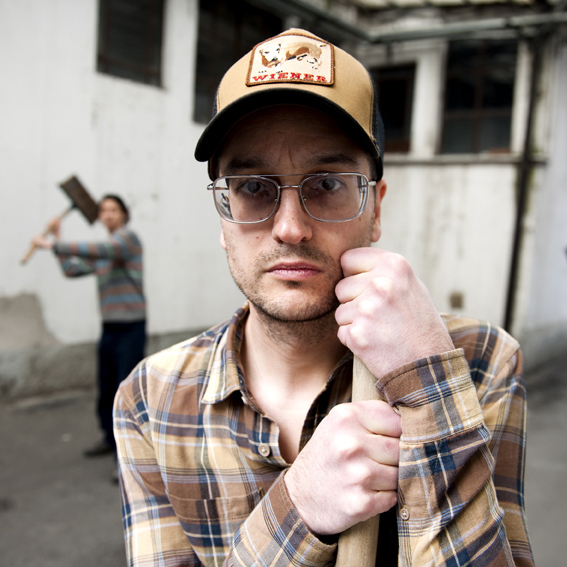
Carlo Zanni
Artist
Since the early 2000’s Carlo Zanni’s practice has explored the use of Internet data to create time-based works that combine a pronounced social consciousness and a focus on identity and the self. He researches alternative selling models for digital art and he is the author of the book “Art in the Age of the Cloud”.
In many ways Carlo Zanni’s research finds its roots in Sol Lewitt’s statement, “The idea becomes a machine that makes the art”, updated to a more contemporary version: “The idea becomes the code that renders the art.” Zanni (born in La Spezia Italy, 1975) has been the recipient of a Rhizome.org commission and he has shown in galleries and museums worldwide including: National Taiwan Museum of Fine Arts, Taiwan; Arts Santa Mònica, Barcelona; Hammer Museum, Los Angeles; New Museum, New York; Marsèlleria, Milan; Tent, Rotterdam; MAXXI, Rome; P.S.1, New York; Borusan Center, Istanbul; PERFORMA 09, NY and ICA, London.
Thorsten Knaub
RoadmovieM25, 2011
Thorsten Knaub has explored the use of geolocalization tools to generate artworks that speak of the relationship between the individual and the environment, as well as the possibility to carry out a precise surveillance of the whereabouts of anyone. He has also created works that address the language of cinema and the ways in which a new form of cinematic narrative can be created using the computer. RoadMovie/M25 combines these two aspects of his work in a short video that compresses the entire journey around the London orbital into a mere five-minute loop through the use of the Google Street View tool. A mesmerizing experience of the commonplace, this stop-motion film brings to mind the excitement of action movies as well as the dull landscape where, day after day, many commuters spend hours of their life.
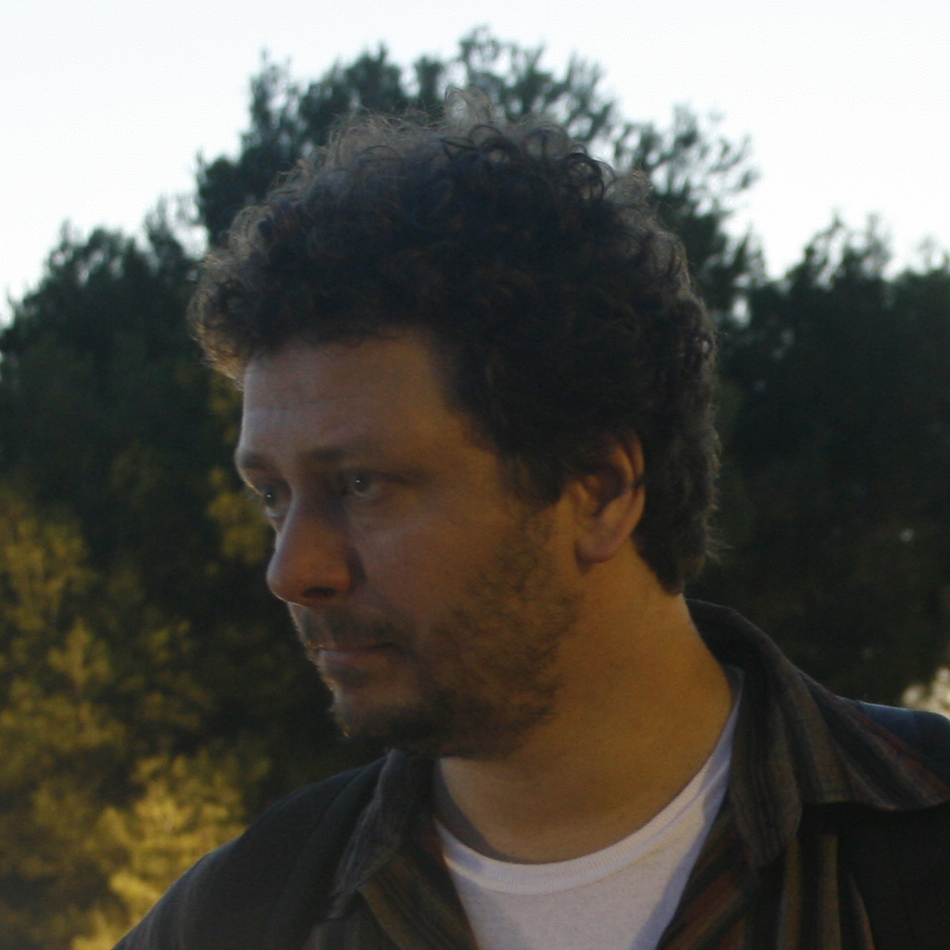
Thorsten Knaub
Artist
Thorsten Knaub is a media artist and digital filmmaker who works with a variety of media and has utilised video, sound, performance, GPS technologies and drawing in his practice. Knaub often concerns himself with ideas of how recording technologies, data and information systems may document and mediate our experiences and presence in the world. He employs concepts of movement, time, location, place and memory and strategies of performance, documentation and durational processes, mixing freely personal and public contexts, to investigate where the notion of the individual may be situated within the wider array of the shared experiences reverberating through our contemporary communications and cultural environment. Knaub has presented his projects in galleries, museums, festivals and artist-run spaces in Europe and beyond, including the UK, France, Spain, Holland, Canada, USA and Russia. He lives and works in London and Paris, France.
Delphine Doukhan and Antoine Schmitt
Fractal Film, 2013
The generative video installation Fractal Film proceeds to an exhaustion of the view on a given scene: an autonomous programmed camera explores and shows us the same scene indefinitely and always differently. Although in a loop, it is never seen with the same angle, the same camera position, movement and behavior. The scene, written and shot by Delphine Doukhan, is a short but complex drama with multiple plot levels, a wordless burlesque huis clos involving six characters during a troubled reception with a sense of tacit ritual. A software-based camera, designed and written by Antoine Schmitt, navigates by zooming inside this source video material to explore and display of the scene in infinitely various ways. To do so, it follows written rules of movement, defined by the authors, and drawn from cinema language, from animal behavior, from mathematics and physics. The result is an infinitely variable way of looking at a given scene. A special version of this artwork has been created as a video that puts together different sequences generated by the computer.
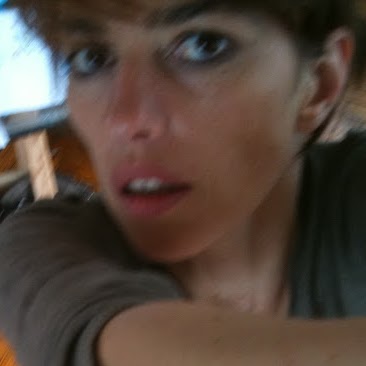
Delphine Doukhan
Artist
Delphine Doukhan is an artist working with photography and moving image. She explores the ambiguous field of norm and transgression, placing the body and interiority at the heart of her video productions, the latter relying more and more on scenic devices that can involve a large number of participants.The tiny (literally and figuratively) plays a major role in the development of his work; index of internal movements, source of dramatic actions and possibility of climax, it constitutes the dramatic and temporal base in many of her realizations. Her work has been the subject of numerous exhibitions, among others, at the Georges Pompidou Center, at the Marian Goodman Gallery (Paris), at Point éphémère (Paris), at the Biennial of Contemporary Art in Rennes; it has been shown at festivals such as the biennale of the moving image (Geneva), the video festival of Leuven (Belgium); and more recently, the Daegu Art Museum (Daegu, Korea).
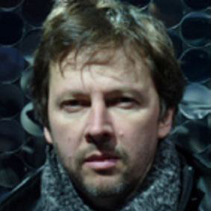
Antoine Schmitt
Artist
Installation artist, Antoine Schmitt creates artworks in the form of objects, installations and situations to address the processes of movement in all of their modalities, and question their intrinsic conceptual problematics, of plastic, philosophical or social nature. Heir of kinetic art and cybernetic art, nourished by metaphysical science-fiction, he endlessly interrogates the dynamic interactions between human nature and the nature of reality. Originally programming engineer in human computer relations and artificial intelligence, he places the program, a contemporary artistic material and unique by its active quality, at the core of most of his artworks, to reveal and literally manipulate the forces at stake. Antoine Schmitt has also undertaken an articulation of this approach with more established artistic fields like music, dance, architecture, literature or cinema, and has collaborated with Franck Vigroux, Atau Tanaka, Vincent Epplay, Jean-Jacques Birgé, Delphine Doukhan, K.Danse, Patrice Belin, Don Nino, Cubenx, Alberto Sorbelli, Matthew Bourne… As theoretician, speaker and editor of the gratin.org portal, Antoine Schmitt explores the field of programmed art.
Ben Grosser
Computers Watching Movies, 2013
Computers Watching Movies shows what a computational system sees when it watches the same films that we do. The work illustrates this vision as a series of temporal sketches, where the sketching process is presented in synchronized time with the audio from the original clip. A software written by the artist uses computer vision algorithms and artificial intelligence routines to give the system some degree of agency, allowing it to decide what it watches and what it does not.
Six well-known clips from popular films are used in the work, enabling many viewers to draw upon their own visual memory of a scene when they watch it. The scenes are from the following movies: 2001: A Space Odissey, American Beauty, Inception, Taxi Driver, Matrix and Annie Hall.
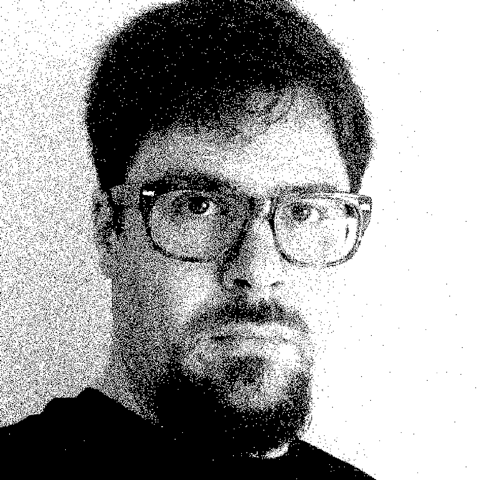
Benjamin Grosser
Artist
Artist Benjamin Grosser focuses on the cultural, social, and political effects of software. What does it mean for human creativity when a computational system can paint its own artworks? How is an interface that foregrounds our friend count changing our conceptions of friendship? Who benefits when a software system can intuit how we feel? To examine questions like these, he constructs interactive experiences, machines, and systems that make the familiar unfamiliar, revealing the ways that software prescribes our behavior and thus, how it changes who we are.
Martin John Callanan
Entire Collection, 2006
Callanan collected the copyright notices from the DVDs held in the University College London Library Collection and produced an eleven-minute film with them. The warnings that precede the screening of copyrighted content in the context of the consumer’s home invade the intimate experience of watching a film and remind the viewer of his limited rights over the product he has rented or bought. Paradoxically, copying the copyright notices does not violate the law. It furthermore draws attention to the warnings themselves, which become the narrative of a new film, a story of copyright in which the viewer is invited to read and compare the texts, to scrutinize the small print and reflect on the conditions under which he is been given access to a form of entertainment, culture and art. The artwork is particularly relevant in a moment when culture is accessed online through providers that control the contents and determine user’s rights.
Six well-known clips from popular films are used in the work, enabling many viewers to draw upon their own visual memory of a scene when they watch it. The scenes are from the following movies: 2001: A Space Odissey, American Beauty, Inception, Taxi Driver, Matrix and Annie Hall.
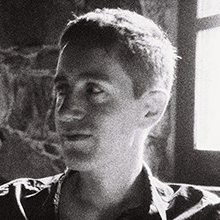
Martin John Callanan
Artist
Martin John Callanan is an artist researching an individual’s place within systems.
Martin John Callanan estas artisto kiu esploras la lokadon de la individuo ene de sistemoj.
Martin John Callanan’s artwork has been exhibited and published internationally; he has recently been awarded the prestigious triennial Philip Leverhulme Prize in Visual Art 2014-17, for outstanding research, and in September 2015 awarded Alumnus of the Year for Excellence in Arts by Birmingham City University. Callanan currently works at the Bank of England.
Contact Art Advisor
Curator: Pau Waelder